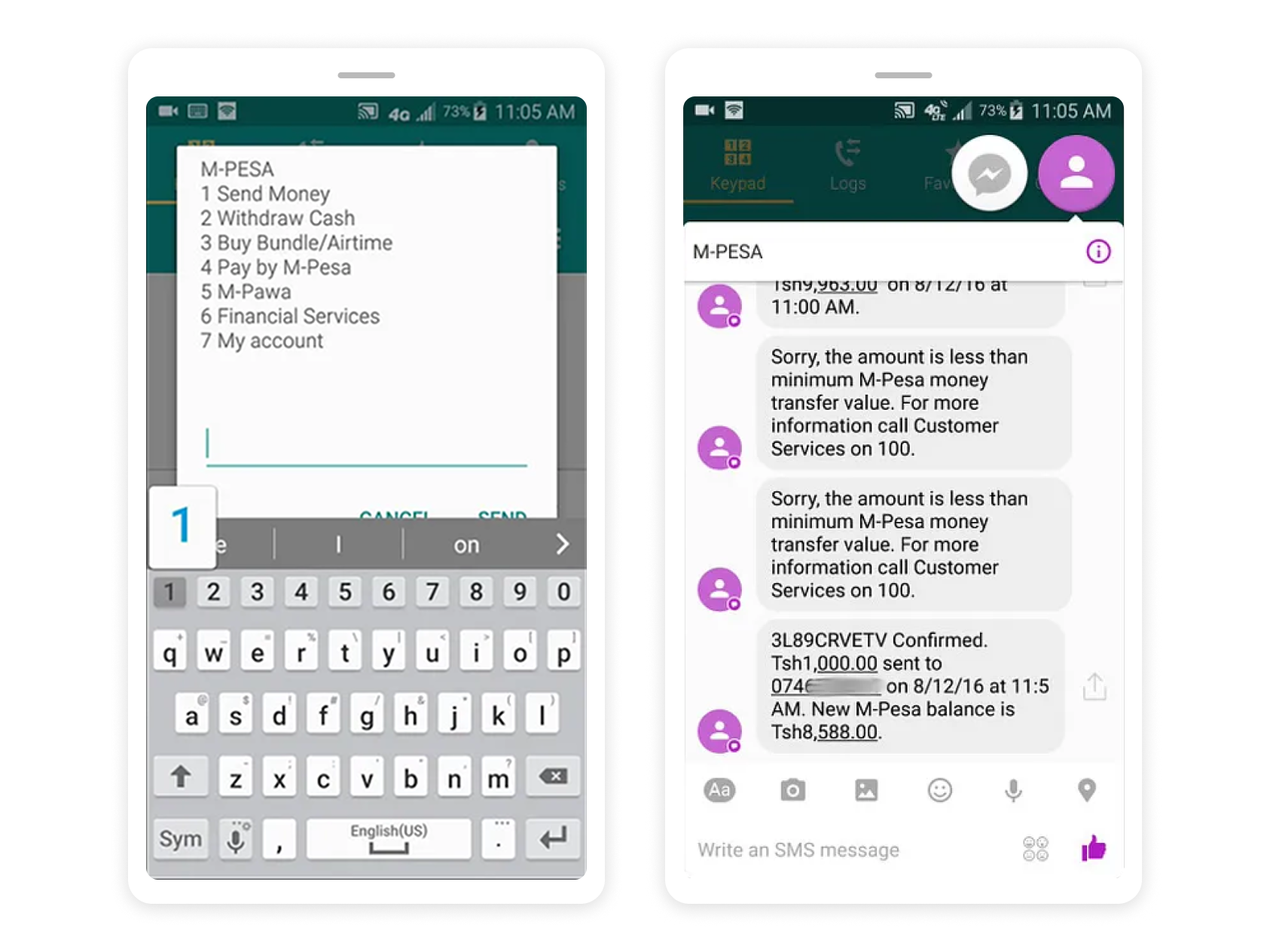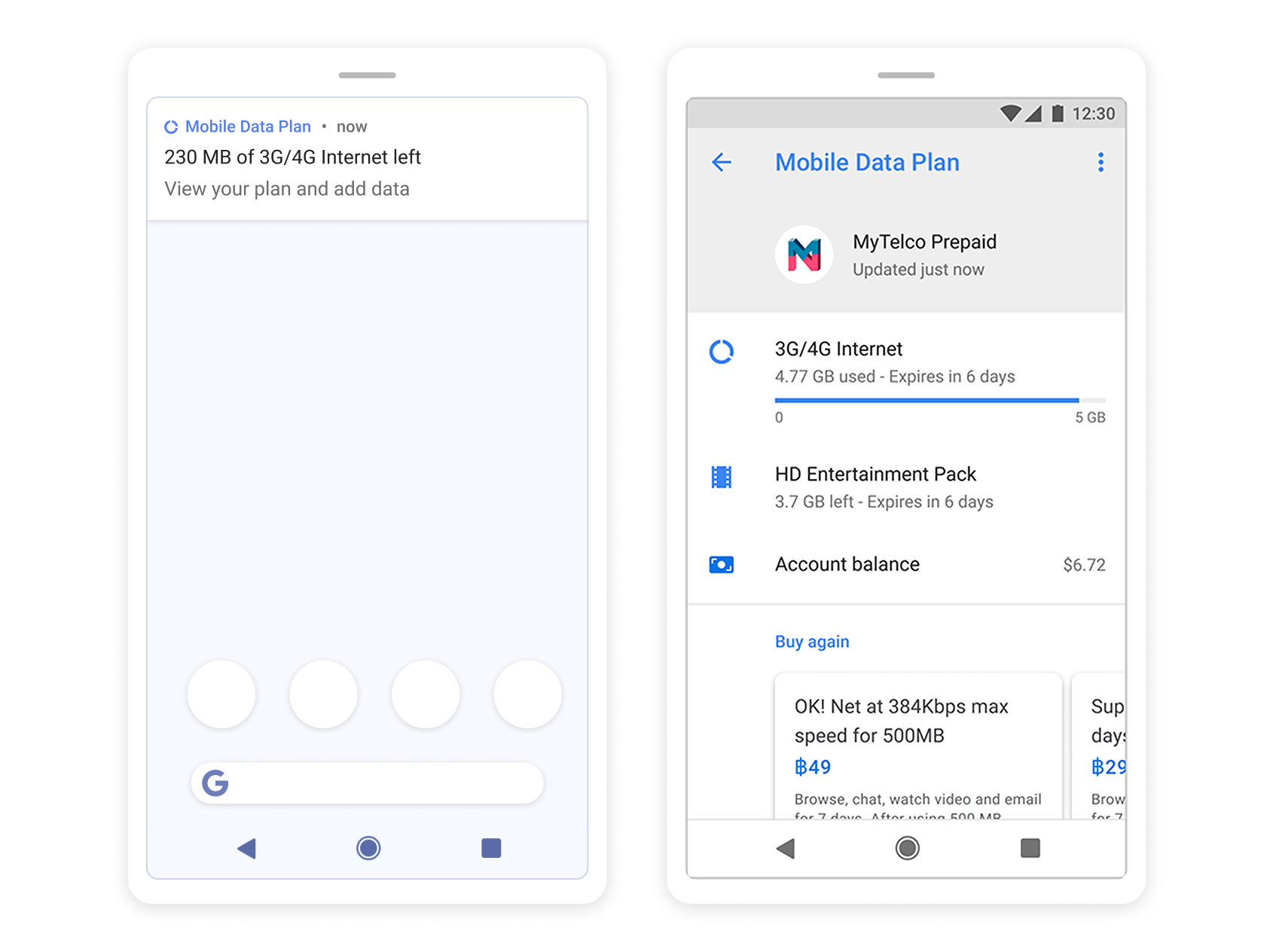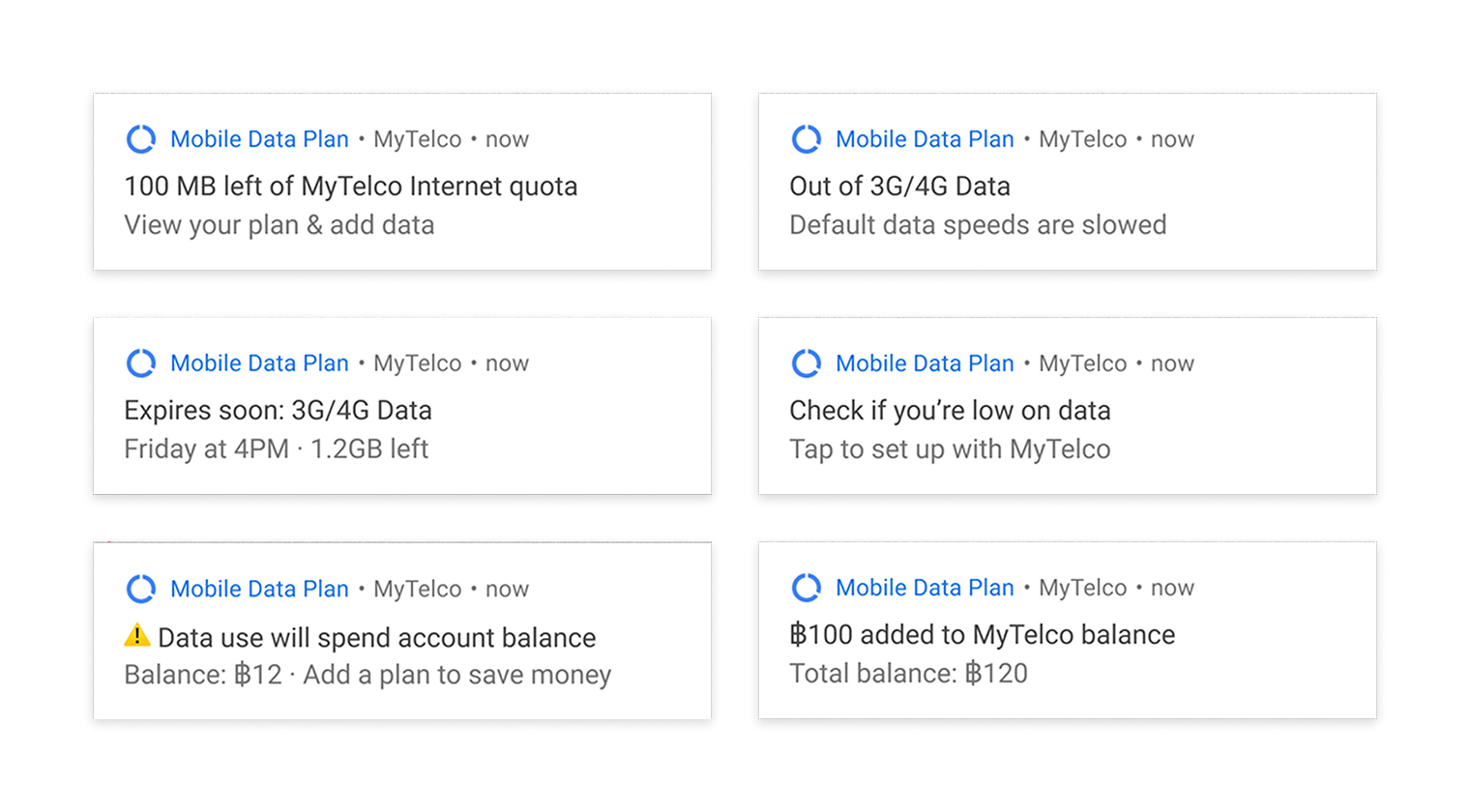
Mobile Data Plan for Android
UX Lead • UX Design • Growth design • Prototyping
Manage your phone plan from settings
Background
Many mobile phone plan subscribers in developed markets like the US or Europe have relatively simple, straightforward, and usually “unlimited” postpaid plans paid via credit card and purchased via brick and mortar stores. This isn’t the case in developing markets like Thailand, Indonesia, India, Brazil where a patchwork of stalls, convenience stores, and sometimes salespeople with backpacks of SIM cards may offer a deal or a scam and are only safely accessible to many during the day.
Problem
Mobile data users in those developing markets go without data for 1-3 days a month due to friction and cost of accessing physical stores with payment where plan offerings are inconsistent. Mobile network operators (MNOs) have a hard time retaining customers due to the friction in the plan lifecycle. Google (and Android) users do not use Google services as a result when disconnected.






